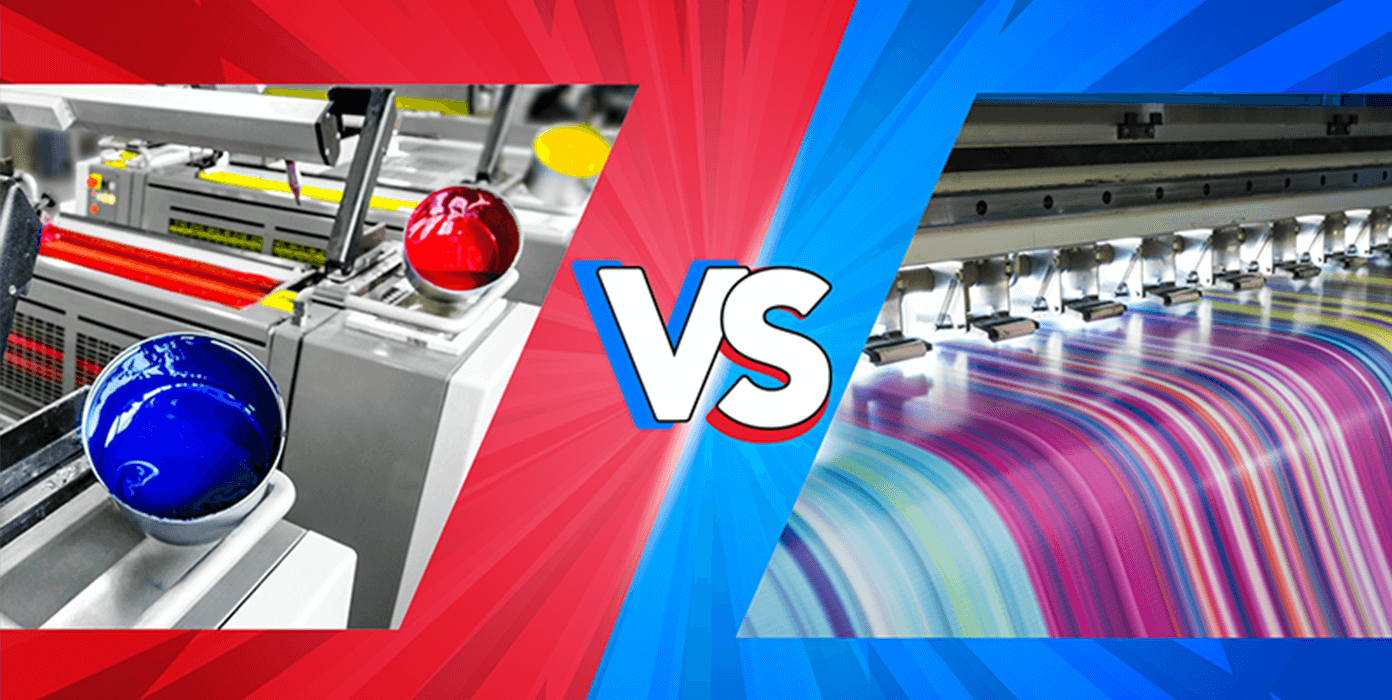What Does Digital Printing Do?
What Does Digital Printing Do?
Blog Article
Indicators on Digital Printing You Need To Know
Table of Contents5 Easy Facts About Digital Printing ShownSome Known Details About Digital Printing The 7-Second Trick For Digital PrintingThe 2-Minute Rule for Digital PrintingSome Known Details About Digital Printing The 10-Minute Rule for Digital PrintingGet This Report on Digital PrintingUnknown Facts About Digital Printing
Modification additionally enables services to attract attention in a jampacked market by developing special advertising materials that differentiate them from their rivals. Among the primary advantages of electronic printing is the capacity to print variable data. Each published piece can be distinct, allowing organizations to develop tailored advertising materials that talk directly to their target market.Digital printing also permits for personalization in the layout of advertising products (Digital Printing). With digital printing, organizations can produce layouts that are distinct and customized to their particular demands.
The Best Strategy To Use For Digital Printing
By printing smaller quantities of marketing materials, companies can decrease waste and prevent the requirement for excess stock. Digital printing is likewise flexible.
By making use of various products and layouts, businesses can create unique marketing materials that stand out from their competitors and attract focus from their target market. Digital printing additionally uses uniformity. With standard printing techniques, there is typically variation between prints due to distinctions in ink insurance coverage, stress, and other factors.
This consistency can aid develop client trust and trustworthiness, showing that the service is committed to providing premium materials. Uniformity is especially essential for companies that intend to construct client trust and credibility. By making certain that every print corresponds, services can show that they are committed to supplying premium materials and paying interest to the details.
The Single Strategy To Use For Digital Printing

In addition, digital printing creates much less waste since it can publish as needed and in smaller sized amounts, reducing the need for excess inventory and materials. Digital printing also uses less energy compared to traditional printing methods. Digital printers do not require as much energy to operate, as they do not need to warm up as much or use as much power to run.
Digital Printing Can Be Fun For Everyone

Balanced out printing calls for a plate for every shade published. Conventional countered printing is a print method that utilizes light weight aluminum plates to move ink onto a rubber sheet (frequently described as a "covering"). The image is then rolled onto the printing surface area. This printing approach is considered "balanced out" due to the fact that the ink is not moved to the paper official website directly.
See This Report about Digital Printing
Offset printing permits for a broad range of print products to be used throughout production. The top quality photos created through balanced out printing make it the preferred approach, particularly amongst visuals designers, when looking for the biggest shade reproduction, information, and professional-looking prints.
The essential printing approach stays countered. For digital inkjet printing, ink is moved directly onto the surface area. Rather than relying upon aluminum plates and rubber coverings to move a picture, electronic printing uses fluid ink throughout production. Typical home inkjet printers are one of one of the most common electronic printing approaches.
All About Digital Printing
Much better color integrity describes both the precision of the shades and their equilibrium in the design. Since balanced out printing can blend personalized shade inks for each and every job, it will normally obtain the shades spot-on. Functions similarly well on nearly any kind of sort of product. Reliable, superior image quality. Count on offset printing for clean, distinct kinds and photos without touches or areas.
It costs a whole lot to start an offset work. You need to spend money into developing home plates, which takes some time. When you've spent it, all of the materials are ready to go, and you'll invest less on large balanced out jobs than an electronic print, which is regarding the very same per piece no issue just how large the task gets.
Each print equals. You take the chance of fewer weird variations created by imbalances in water and ink. Digital printing is much less costly for low-volume tasks. The rate per system goes down for digital printing, so at some Get More Information time, they crisscross. Transforming information within a solitary print work. As an example, claim you were printing out postcards promoting a performance.
4 Simple Techniques For Digital Printing
While electronic printing or inkjet printing is the favored option in the present times, there are compelling factors to transform from balanced out to digital printing systems. When printing offset or electronically, essential choices and procedures are involved in color matching.
Industrial inkjet printing offers versatility for printing on several different substrates. Digital printing is excellent for clients who do not call for longer runs and warehousing materials.

One benefit of electronic printing is choosing from a broad variety of digital substrates. With digital printing, the expense of the substratum in the general work is tiny.
5 Easy Facts About Digital Printing Shown
drop-on-demand is the 2nd printing modern technology to take into consideration. Constant inkjet systems need significant maintenance, even more operator training, and higher downtime. Equipment costs in inkjet printing are much reduced than offset printing as there are no plate-making, plates, and press expenses. Past the capital spending, the prepress tools and printing machine need highly skilled drivers in offset printing, which includes labor expenses.
Report this page